Mangroves for Tomorrow
Transforming Myanmar’s Coastal Landscapes through REDD+ Initiative
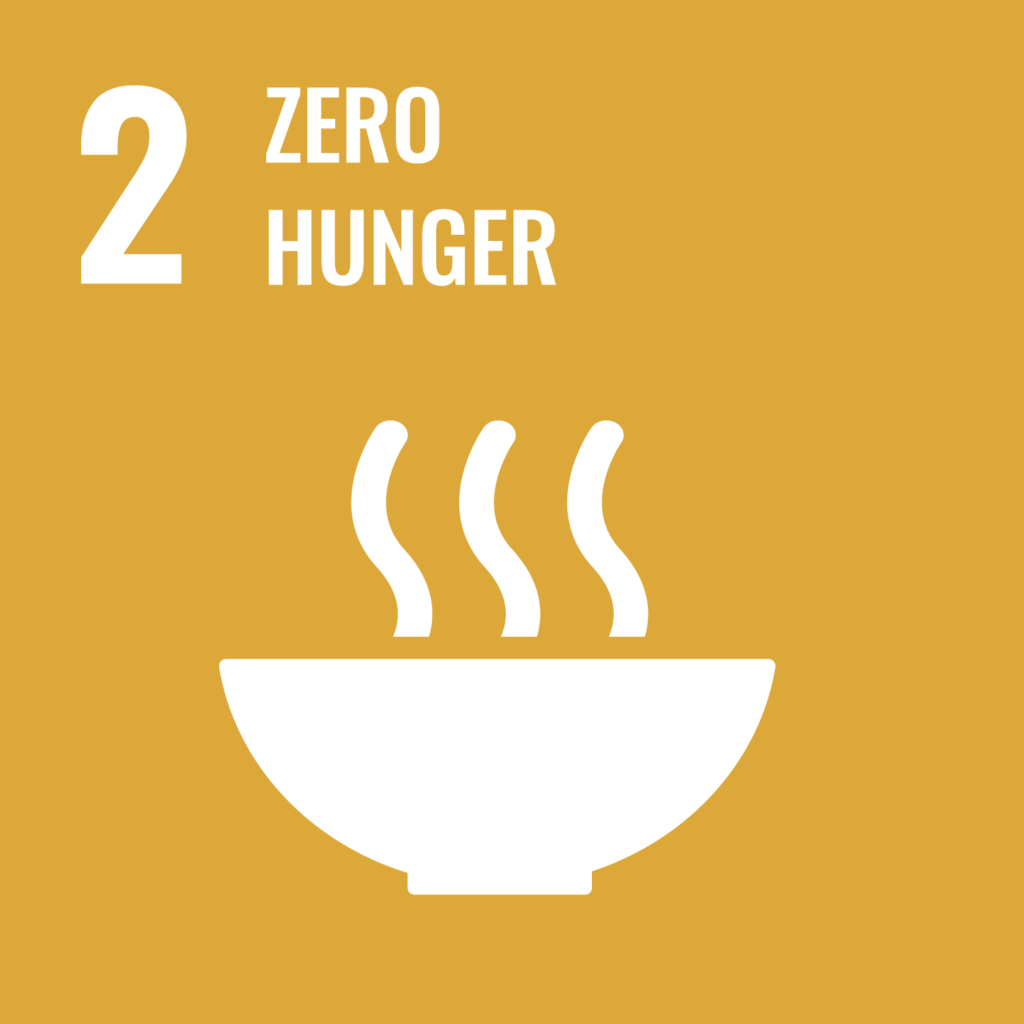
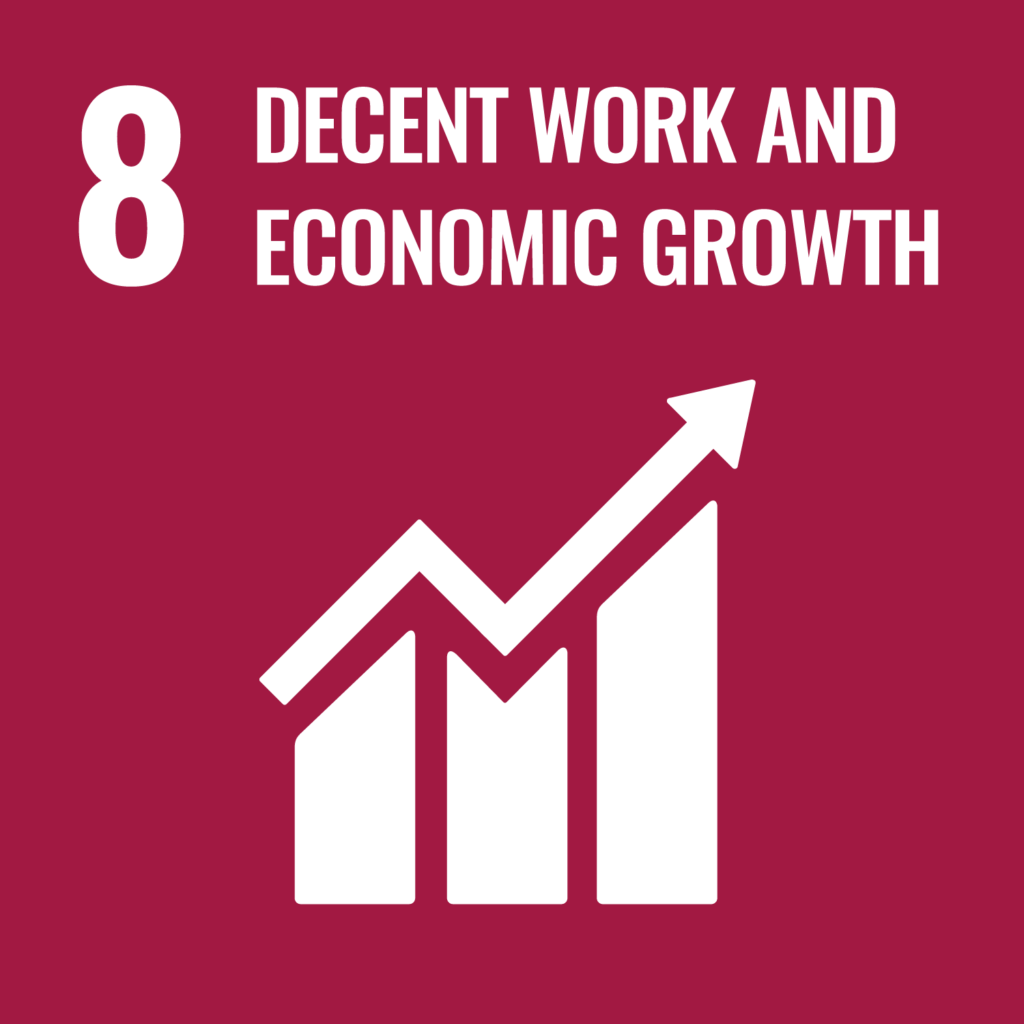
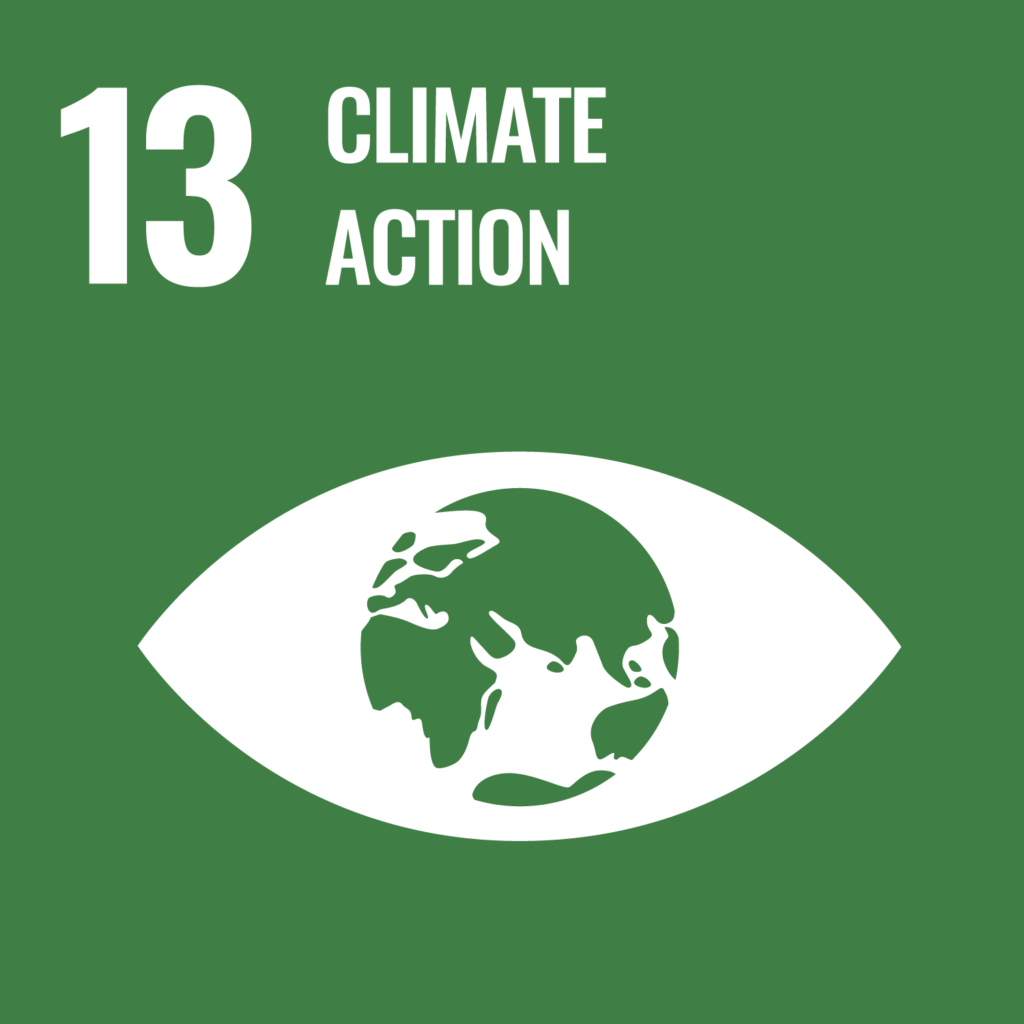
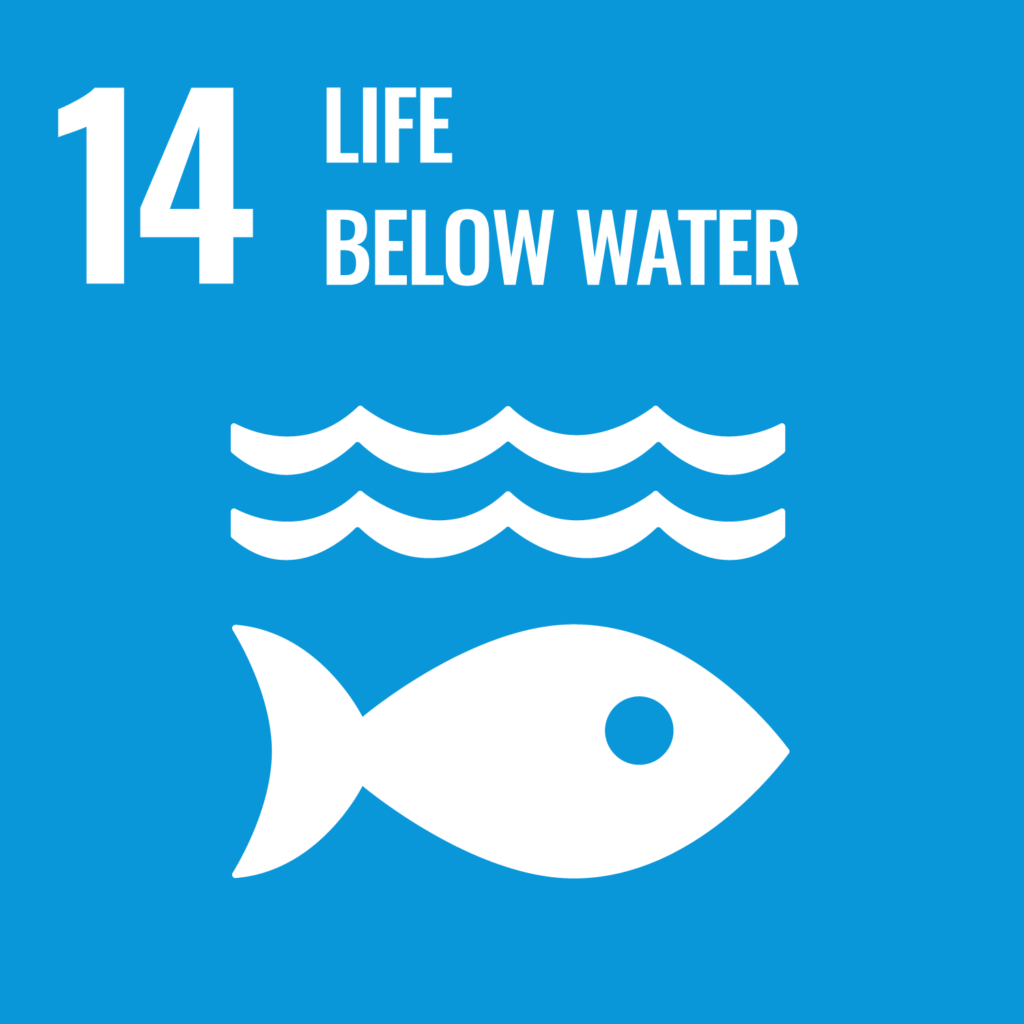
Myanmar has lost over 60% of its mangroves in about two decades. Unchecked development, unsustainable agriculture practices, poverty, and cyclones drive mangrove degradation in Myanmar, home to the world’s eighth-largest mangrove ecosystem. At the core of the REDD+ project, the reforestation efforts represent the country’s commitment to rebuilding its natural coastal defenses. These efforts also uplift local communities by transforming Myanmar’s barren coastline into thriving mangrove ecosystems.

Kanyashe (Yangon Region) and Crab Island (Mon State)
Project Location: Kanyashe (Yangon Region) and Crab Island (Mon State)
Methodology: Afforestation & Reforestation of Degraded Mangrove Habitats
Standard: Verified Carbon Standard
![]() Area: 552.8 ha
Area: 552.8 ha
A Self-Sustaining Model for Coastal Resilience
The REDD+ initiative represents the first-ever comprehensive mangrove restoration effort in the region’s Protected Public Forests (PPF), targeting 552.8 hectares of land accretions specifically chosen for their conservation potential. The project employs a forward-thinking nursery strategy, establishing mangrove nurseries a year before planting to overcome seed shortage challenges and ensure optimal growth conditions. And most significantly, its funding model through carbon credit sales ensures long-term sustainability beyond the typical project lifecycle – a stark contrast to traditional reforestation projects that often cease when initial funding runs dry. This self-sustaining financial approach guarantees continuous resource flow and maintains stakeholder commitment, setting a benchmark for conservation initiatives globally.


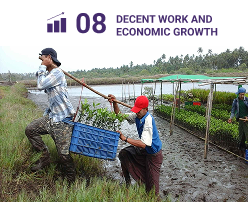
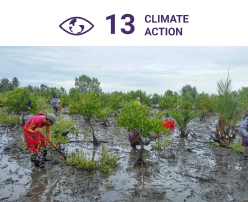
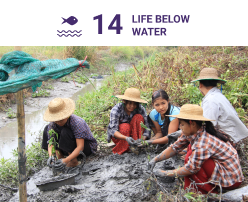
Restoring mangrove ecosystems enhances food security by revitalizing marine nurseries and protecting agricultural lands. The project addresses the critical decline in fish catches (50-80% over the past decade) while safeguarding farmlands from saltwater intrusion.
Introducing sustainable livelihood alternatives like crab farming and natural dye production creates resilient income streams for coastal communities, breaking the cycle of poverty while protecting natural resources.
By protecting and restoring mangrove ecosystems, the project contributes significantly to carbon sequestration. The initiative specifically targets the restoration of 4,159 hectares of degraded mangrove forests in Pyar Pon alone, enhancing natural carbon sinks and community climate resilience.
The community-led conservation efforts are transforming degraded forests into protected ecosystems, contributing to the conservation of Myanmar’s 44 mangrove species, eight of which are globally threatened.
Protecting Agricultural Lands

Restoring mangrove ecosystems enhances food security by revitalizing marine nurseries and protecting agricultural lands. The project addresses the critical decline in fish catches (50-80% over the past decade) while safeguarding farmlands from saltwater intrusion.
Forest-Based Economy: Generating Sustainable Livelihoods

Introducing sustainable livelihood alternatives like crab farming and natural dye production creates resilient income streams for coastal communities, breaking the cycle of poverty while protecting natural resources.
Building Climate Resilience through Natural Solutions
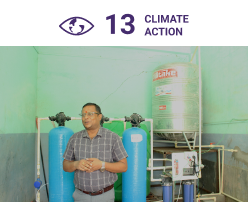
By protecting and restoring mangrove ecosystems, the project contributes significantly to carbon sequestration. The initiative specifically targets the restoration of 4,159 hectares of degraded mangrove forests in Pyar Pon alone, enhancing natural carbon sinks and community climate resilience.
Preserving Nature’s Heritage for Future Generations
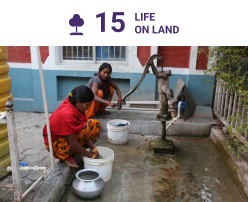
The community-led conservation efforts are transforming degraded forests into protected ecosystems, contributing to the conservation of Myanmar’s 44 mangrove species, eight of which are globally threatened.


